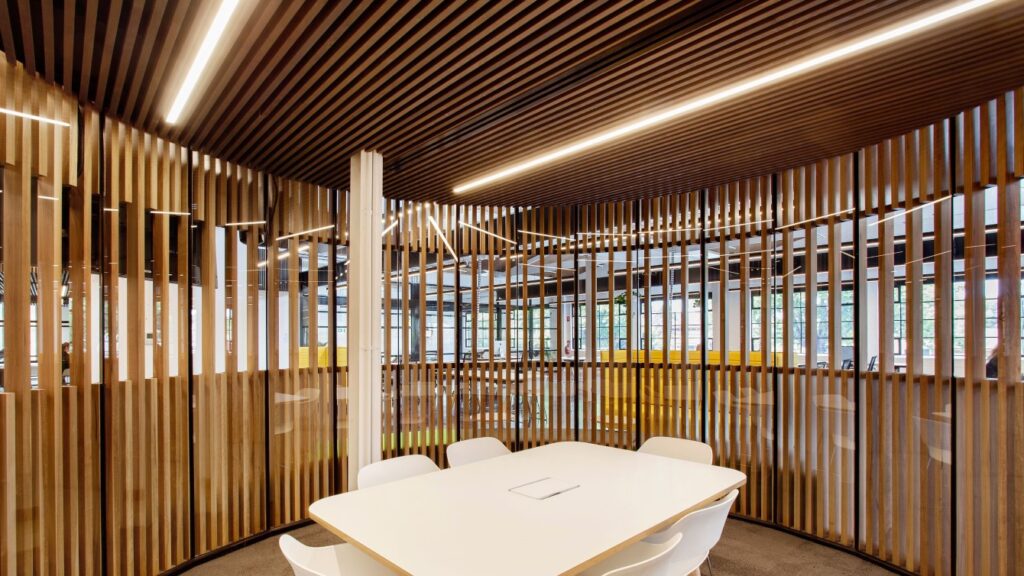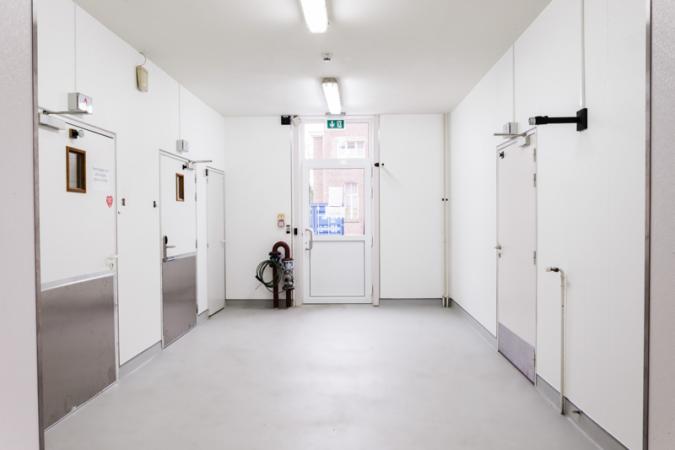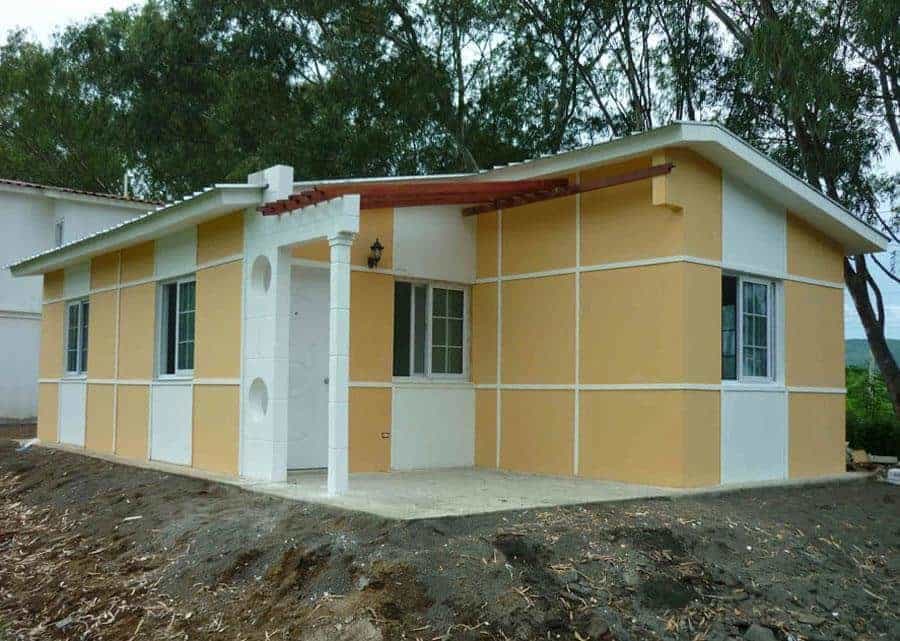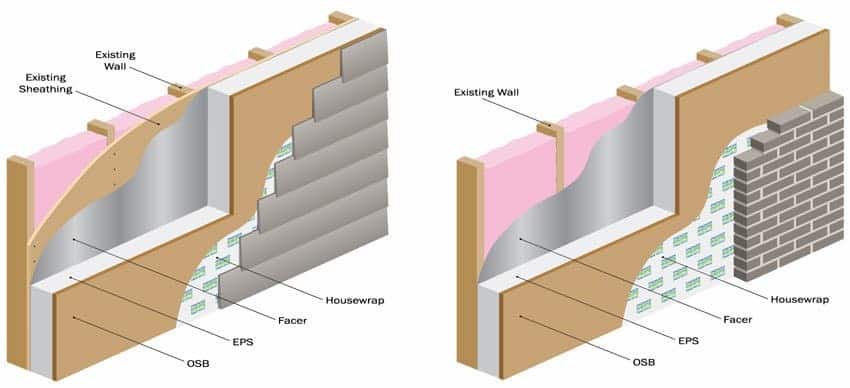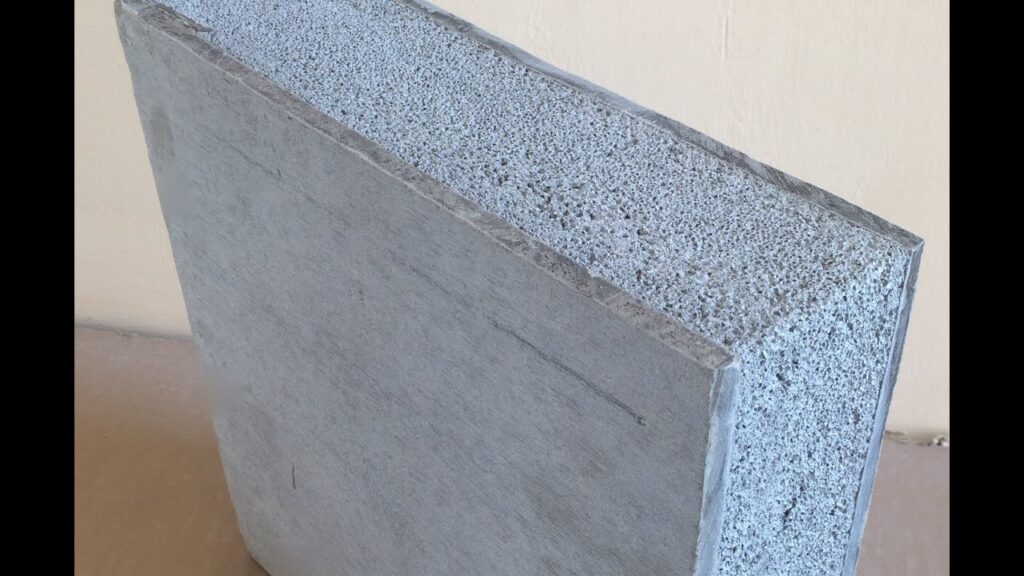In the dynamic landscape of contemporary construction, interior cladding systems have evolved beyond mere embellishments, assuming pivotal roles in the realms of aesthetics, sustainability, and energy efficiency. As the ethos of green construction takes center stage, the choice of the right internal cladding material becomes a linchpin in the process. This article embarks on a comprehensive journey, shedding light on the nuanced art of selecting the perfect interior cladding for your green construction project, with an unwavering focus on materials like timber cladding and panels. In this era of conscientious building practices, where eco-friendliness is paramount, the selection of cladding materials goes beyond surface-deep considerations.
It entails delving into the realms of green construction, a practice characterized by the mindful use of resources and materials that leave a minimal environmental footprint. Central to this philosophy is the choice of materials like timber cladding, an exemplar of renewable, biodegradable resources when derived from responsibly managed forests. The utilization of vertical timber cladding further amplifies the eco-friendly dimension, showcasing an intelligent optimization of timber resources. Simultaneously, interior cladding panels fashioned from recycled or sustainable materials exemplify the pinnacle of green construction. Materials such as bamboo, reclaimed wood, and recycled metal not only showcase environmental consciousness but also infuse spaces with unique, visually appealing finishes.
Understanding Green Construction

Green construction, often referred to as sustainable construction, is the practice of creating buildings with a focus on minimizing their environmental impact. This is achieved by using materials that are sustainable, energy-efficient, and sourced responsibly.
A. Material Matters
1. Timber Cladding:
Timber cladding stands as a paragon of sustainability in the construction industry. When sourced from responsibly managed forests, timber offers an eco-friendly solution. Look for certifications like FSC (Forest Stewardship Council) to ensure that the timber used in your cladding is of ethical origin. The utilization of vertical timber cladding can further accentuate the eco-friendly aspect, as it maximizes the usage of timber resources.
2. Interior Cladding Panels:
Incorporating interior cladding panels made from recycled or sustainable materials is a hallmark of green construction. Materials like bamboo, reclaimed wood, and recycled metal offer not only an environmentally conscious choice but also a unique and visually appealing finish to your interior spaces.
B. Efficiency and Insulation
1. Thermal Efficiency:
A critical aspect of green construction is the focus on energy efficiency. Select cladding materials that provide excellent insulation. This ensures that your building retains heat in the winter and stays cool in the summer, ultimately reducing the need for excessive heating or cooling and lowering energy consumption.
2. Sound Insulation:
In commercial spaces or multi-residential buildings, sound insulation is paramount. Choosing cladding systems that offer effective sound insulation ensures that occupants enjoy a peaceful and comfortable environment, contributing to their overall well-being.
C. Durability and Longevity
1. Weather Resistance:
For exterior cladding, weather resistance is non-negotiable. Opt for materials that can withstand the elements without compromising their integrity. This not only preserves the aesthetics of your building but also guarantees its structural soundness for years to come.
2. Maintenance Requirements:
Select cladding systems with minimal maintenance requirements. Low-maintenance materials not only save time and effort but also contribute to the long-term sustainability of the structure. This reduces the need for frequent replacements, thereby minimizing the environmental impact.
D. Adaptability and Aesthetics
1. Design Flexibility:
The choice of cladding material should offer a range of design options. This flexibility allows you to achieve the desired look while ensuring that the cladding system integrates seamlessly with the overall design of the space. Interior timber cladding, for instance, provides a versatile canvas for various design styles.
2. Customization:
Consider cladding systems that can be customized to meet specific design requirements. This level of customization allows for a unique and personalized touch to your green construction project. Tailoring the cladding to suit the specific needs and vision of the project adds an extra layer of eco-consciousness.
E. Installation and Construction Process
1. Ease of Installation:
Opt for cladding systems that can be installed efficiently. This not only saves time but also reduces the environmental impact associated with extended construction periods. Swift installation translates to less disruption and resource usage during the construction phase.
2. Local Sourcing:
Whenever possible, source cladding materials locally. This reduces transportation emissions and supports the local economy. It also aligns with the principles of green construction by minimizing the carbon footprint associated with material transportation.
F. Certifications and Eco-labels
Look for certifications and eco-labels that validate the sustainability claims of the cladding materials. Certifications like LEED (Leadership in Energy and Environmental Design) and BREEAM (Building Research Establishment Environmental Assessment Method) provide assurance of a product’s green credentials. Prioritizing certified materials ensures that your project adheres to the highest standards of environmental responsibility.
Conclusion
In the realm of green construction, the significance of interior cladding transcends mere surface adornment. It is an emblem of sustainable progress, a testament to responsible building practices. The judicious selection of cladding materials, such as timber cladding and panels, shapes not only the aesthetics but also the environmental footprint of a project.
By embracing timber cladding, sourced from responsibly managed forests and bearing the FSC certification, you harness the power of renewable resources. Vertical timber cladding maximizes resource efficiency, exemplifying the essence of green construction. Additionally, interior timber cladding panels crafted from recycled or sustainable materials like bamboo and reclaimed wood weave a narrative of eco-conscious elegance.
Every facet of the cladding decision, from design flexibility to ease of installation, speaks volumes about your commitment to green construction. The careful consideration of local sourcing further diminishes the project’s carbon footprint, reinforcing the project’s alignment with environmentally responsible practices.
In the world of green construction, every choice reverberates through time. The right interior cladding system embodies a promise: a promise of a sustainable, efficient, and aesthetically pleasing future. Through the marriage of conscientious material choices and innovative construction practices, you pave the way for a legacy of green building that transcends generations.


